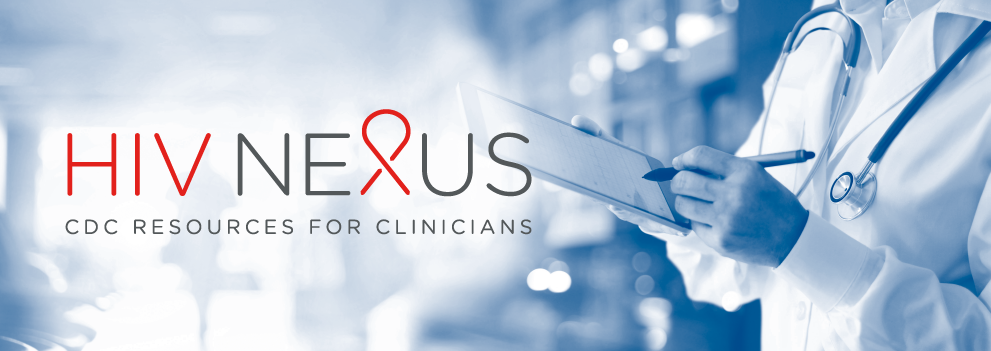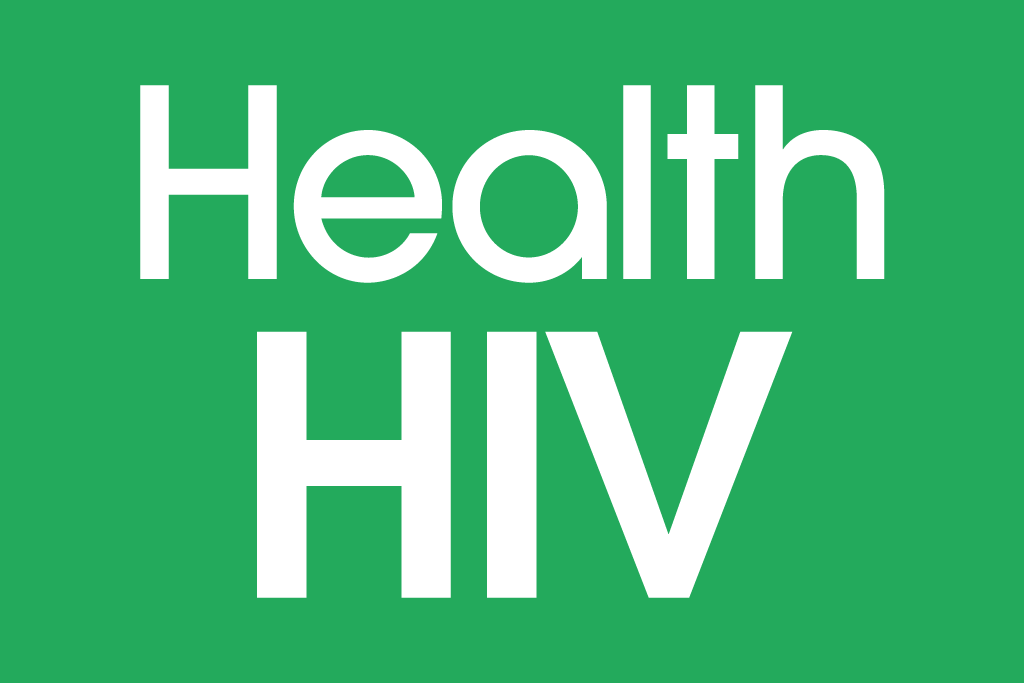At the first gathering of policymakers, activists, and clinicians since COVID-19, a precarious horizon of challenges, food insecurity, and famine, takes center stage
by David Miller & Frederick Schilling
“Let’s be honest,” I said early this morning on my first call to one of my collaborators. “There’s not a solitary person heading to Montreal this July who’s not absolutely convinced all hell is coming at us at AIDS 2022.” We’re dealing with the most significant European HIV diaspora in the history of the epidemic, compounded by the intersections of COVID-19, the war that’s consuming the European illusion of stability, and the subsequent famines, all conspiring to undermine the hard-won gains that antiretroviral therapy and the evolution of programs taking precision aim at key populations affected, infected and disproportionately representative of the disparities driving new infections.
COVID-19 and the war in Europe will be at the forefront of AIDS 2022. I’d been at far too many conferences over the past three decades to take anything for granted. However, the fact that thousands of people from around the world are still coming to Montreal to present and discuss advances in AIDS research and treatment leaves me awestruck — even while the dimensions of my carry on defy my best efforts to not be left facing the inevitable horror that international travel has become.
Before the war, Ukraine was the epicenter of HIV in Europe. Today, Ukraine still has one of the highest rates of HIV in the world. With the war continuing and millions of refugees fleeing Ukraine to be housed in refugee camps where disease is spreading, the co-intersections of COVID-19 and AIDS as a result of this war mean severe increases in HIV in Eastern Europe. Add food insecurity to that horror — meaning refugees are not getting proper nutrition — and we have a devastating scenario at hand.
In sub-Saharan Africa, where the burden of HIV disease is also greatest, a consistent rise in food insecurity has left an estimated 258 million people facing famine, with an additional 605 million moderately or severely food insecure. The Intergovernmental Panel on Climate Change recently issued a report highlighting how climate change is already adversely affecting food security regarding food availability, access, and nutrition.
Every program that has served as a cornerstone of the global response to the AIDS crisis is being challenged. PEPFAR, The Global Fund for AIDS, Tuberculosis, and Malaria, and even the Ryan White CARE Act all face unprecedented pressure to maintain programs, innovate, and increase their reach while competing for resources against an unprecedented number of spending initiatives. Meanwhile, the integration of food security interventions into HIV treatment programs is essential to curtail the HIV epidemic and improve the health and quality of life of those infected.
It’s in the interest of people with AIDS and in the interest of the greater good to shift some of our attention to the global famine at AIDS 2022, preserving the UN Sustainable Development Goals (SDGs) of ending hunger by addressing the data demonstrating that antiretroviral therapy is being undermined by the malnutrition that’s at the forefront in the Sahel region — as well as the South Bronx.
Food security is now at the forefront of the lives of people with HIV as food prices have risen 12.6%, exacerbating global hunger. In contrast, Russia has weaponized global food supply chains. Conflict always goes hand in hand with food insecurity. Still, the supply, and frankly the contemporary composition of Humanitarian Daily Rations, currently deployed by the Defense Logistics Agency and the NATO Support and Procurement Agency (NSPA), have limited utility in the war in Ukraine. They are predictably inadequate to address the explosive patient populations now becoming refugees because of Russian shellfire, regional conflicts, climate change, and global inflation.
Next-generation enteral formulas and Ready to Use Therapeutic Foods to treat Serious Acute Malnutrition (SAM) are somehow making their way to market, despite the supply chain crisis. New enteral formulas like ACERT, ENU, and Peptide 1.5 are demonstrating superior clinical efficacy to past interventions to guard against involuntary weight loss by delivering nutrition that encourages immune reconstitution, sparing patients’ further exacerbation of cardiovascular disease and insulin intolerance-non-communicable diseases that HIV key populations are already at high risk for. As food prices continue to rise, previous studies on managing HIV nutrition enteral formulas will be critical. Studies have shown that food insecurity — a significant barrier to ART adherence and retention associated with adverse clinical outcomes, including incomplete HIV RNA suppression, CD4 declines — increased opportunistic infections, hospitalizations, and mortality.
Innovations
As stated in a 2014 paper written by the Food and Nutrition Technical Assistance III Project (with support from the Office of Health, Infectious Diseases and Nutrition, Bureau for Global Health, and USAID), “weight loss and malnutrition are associated with HIV, and low body mass index at diagnosis of HIV infection significantly increases the risk of mortality. Chronic weight loss occurs in around 20 percent of patients with HIV, and severe weight loss is one of the strongest indicators associated with morbidity and reduced survival, even with antiretroviral therapy. Evidence has shown that macronutrient supplementation positively affects weight gain and adherence to medication in people living with HIV.” Eight years later, this remains a life-threatening issue globally.
Further evidence that proper base nutrition supplementation given to patient populations can reduce or eliminate malnutrition — and result in healthy weight gain — is provided by a clinical study conducted by the Plant-Based Enteral Formula (PBEF) pioneering company, Kate Farms.
The study, Weight Gain in Oncology Patients using a Plant-Based Oral Nutrition Supplement, included thirteen cancer patients. Of the thirteen patients, nine had at least one follow-up assessment from a dietitian after adding PBEF to their nutrition regimen. Of the nine, all either gained or maintained weight. Six gained, and four showed an increase in BMI. Of those with documented weight gain, the average was 3.5 kilograms. Of those with a documented increase in BMI, the average was 1.53 points over an average of 3.5 months. The nine patients received an average of 44.6% of their daily calories from PBEF. One of the nine was on PBEF for a 12-month period and experienced a 9.09-kilogram weight gain and a 2.8-point increase in BMI during this time. Significantly, nutritional status changed from “severely malnourished” to “no clinical signs of malnutrition.”
Conclusion: Weight maintenance, weight gain, and tolerance using a plant-based enteral formula were demonstrated in this small cohort of adult oncology patients.
Since medical treatment can be interrupted when patients experience significant weight loss, dehydration, or clinical malnourishment, the results of this study have important ramifications. Without proper supplementation, these patients would have continued to decline nutritionally. [The small sample size is a limitation to this study and supports the need for a larger trial.]
One immediate reform activists are hoping for is greater recognition and support of HIV nutrition among the American Society for Nutrition & ASPEN with the HIV Medical Association, IAPAC, The American Academy of HIV Medicine, and the IAS.
AIDS 2022 is going to be pulled in a dozen directions, between monkeypox, COVID-19, the advance of long-acting antiretrovirals, the Ukraine HIV+ refugee diaspora, the continued pursuit of a cure in the HIV Research Collaboratories, the AIDS Clinical Trials Groups, the Military HIV Research Program (MHRP), and other publicly sponsored research programs. We’re going to be awash in new data. The 24th International AIDS Conference in Montreal this July is going to be the location where we affirm the resilience of the science and advocacy that’s characterized the AIDS crisis by demanding more advances, more improvements to HAART, more access to treatment… and for millions of people with HIV and their families, demands for more calories and more micronutrients as T-cell counts are going to be proportionate to access to clinical nutrition. Global food security becomes a dominant predictor of our continued collective community’s survival.



